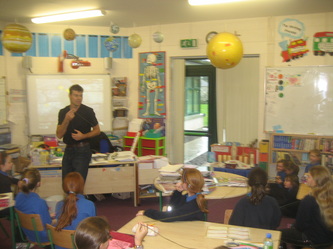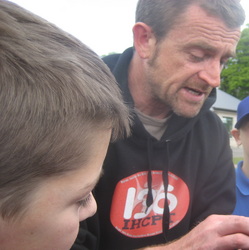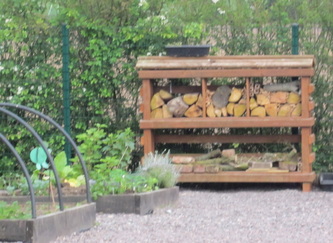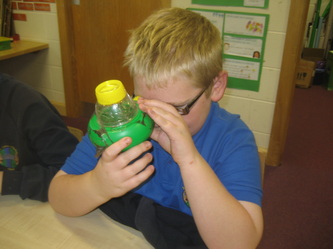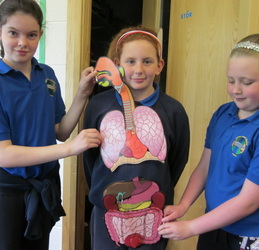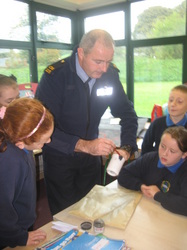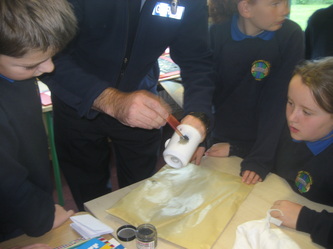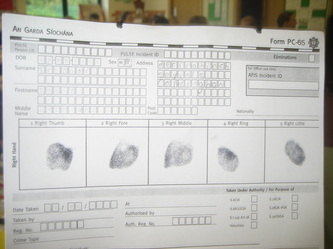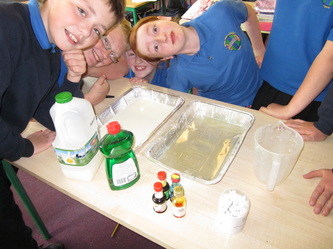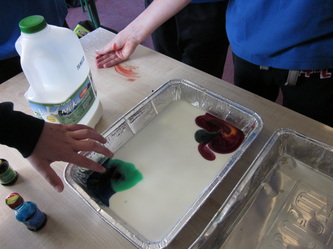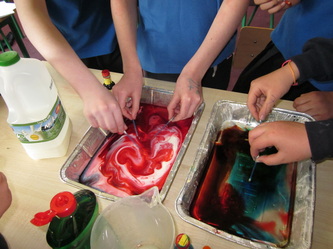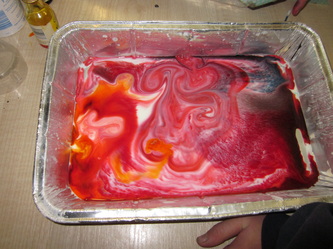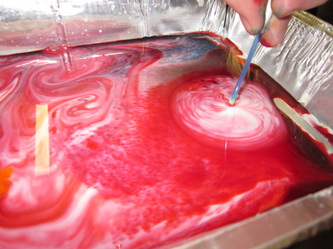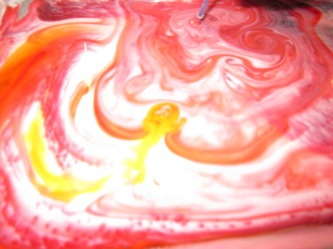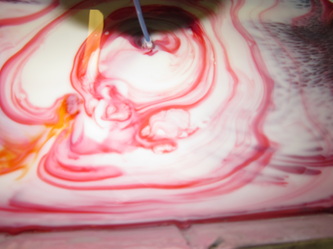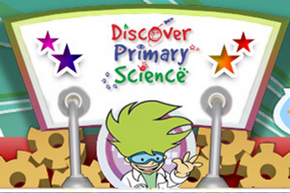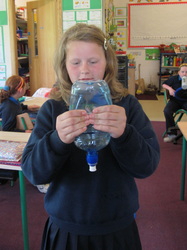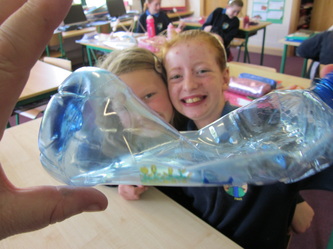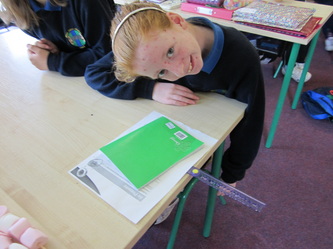Curriculum Strands
1. Living Things
2. Environmental Awareness and care
3. Materials
4. Energy and forces
Step 1 of our prescribed activities is to complete at least one activity relating to each of the four strand units in the Science curriculum.
What did we do for each strand?
Scroll down to find out just some of the activities we got up to.....
Living Things:
We investigated minibeasts and Megan's very kind Dad built us an insect hotel for the garden. We filled it with twigs, logs, old mossy bricks, bamboo sticks, straw, hay and plastic bottles filled with rolled up carboard. We hope that lots of creepy crawlies will move into our hotel!
We learned about classifying animals and creepy crawlies and we learned how important minibeasts are for the farmer, the gardener and our environment. Scroll down to see our PowerPoint presentation on Minibeasts and some photos of a visit from ecologist Billy Flynn and TV personailty Dale Threadwell whoo paid us a visit and planted some trees on the school grounds. Garda Roe also visited to teach us all about finger printing through role play.
Environmental Awareness and care:
We have done a lot of work for our Green Schools project. We have our first Green Schools Flag.
We took part in the Silver Hill Garden Project. This project involves the local schools in our parish and a neighbouring parish and is organised by Silver Hill Foods Ltd. Every school has an allotment where we grow fruit, vegetables and flowers which are then sold in the Silver Hill Farm Shop in Emyvale village. We viit the garden every week in September and October and Again in May and June. We learn a lot about growing our own food from Declan who looks after the garden for us.
We grew potatoes, cabbage, broccolli, carrots, leaks, parnsnips, lettuce and herbs. We planted dahlia, petunia, pansies and other colourful flowers. We learned how to test the soil. We grew some plants in a polytunnel before planting them out. We learned a lot about weeding as well! We had a Halloween party at the end of October and we had a great big bowl of soup made from all the vegetables we grew!
Scroll down to see a slideshow about our activities in the Silver Hill Garden.
2. Environmental Awareness and care
3. Materials
4. Energy and forces
Step 1 of our prescribed activities is to complete at least one activity relating to each of the four strand units in the Science curriculum.
What did we do for each strand?
Scroll down to find out just some of the activities we got up to.....
Living Things:
We investigated minibeasts and Megan's very kind Dad built us an insect hotel for the garden. We filled it with twigs, logs, old mossy bricks, bamboo sticks, straw, hay and plastic bottles filled with rolled up carboard. We hope that lots of creepy crawlies will move into our hotel!
We learned about classifying animals and creepy crawlies and we learned how important minibeasts are for the farmer, the gardener and our environment. Scroll down to see our PowerPoint presentation on Minibeasts and some photos of a visit from ecologist Billy Flynn and TV personailty Dale Threadwell whoo paid us a visit and planted some trees on the school grounds. Garda Roe also visited to teach us all about finger printing through role play.
Environmental Awareness and care:
We have done a lot of work for our Green Schools project. We have our first Green Schools Flag.
We took part in the Silver Hill Garden Project. This project involves the local schools in our parish and a neighbouring parish and is organised by Silver Hill Foods Ltd. Every school has an allotment where we grow fruit, vegetables and flowers which are then sold in the Silver Hill Farm Shop in Emyvale village. We viit the garden every week in September and October and Again in May and June. We learn a lot about growing our own food from Declan who looks after the garden for us.
We grew potatoes, cabbage, broccolli, carrots, leaks, parnsnips, lettuce and herbs. We planted dahlia, petunia, pansies and other colourful flowers. We learned how to test the soil. We grew some plants in a polytunnel before planting them out. We learned a lot about weeding as well! We had a Halloween party at the end of October and we had a great big bowl of soup made from all the vegetables we grew!
Scroll down to see a slideshow about our activities in the Silver Hill Garden.
| minibeasts_ppt.ppt | |
| File Size: | 450 kb |
| File Type: | ppt |
